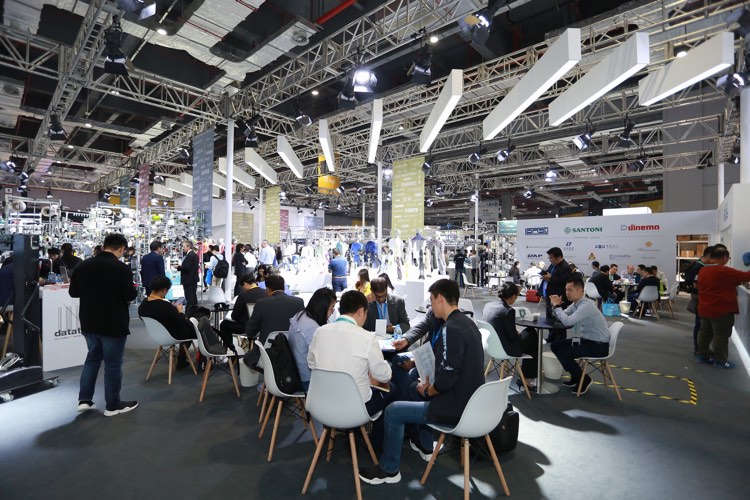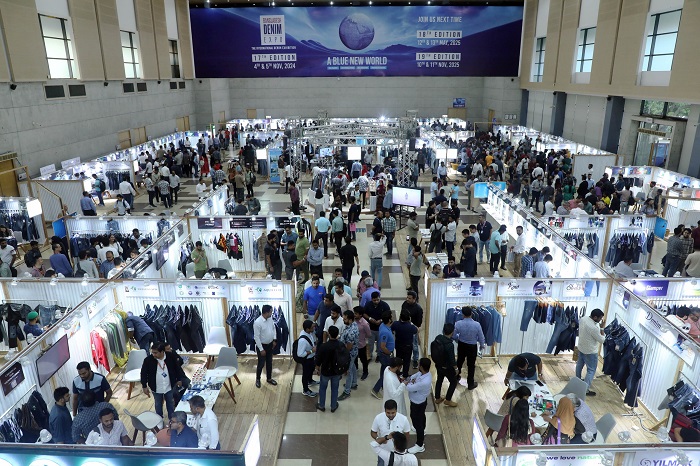Fashion for Good, backed by Laudes Foundation and IDH, has introduced ‘World of Waste,’ a free online tool mapping global textile waste hotspots. Developed in collaboration with Reverse Resources, Global Fashion Agenda, Circle Economy, and Accelerating Circularity, the platform aggregates data on textile waste volumes, composition, and types by region. This tool enables recyclers, innovators, and policymakers to efficiently locate, assess, and utilise textile waste resources.
Textile waste has become a major challenge, exposing inefficiencies within fashion's supply chains. As regulatory pressures increase and the push for circularity intensifies, the new tool aims to centralise previously fragmented waste data from various platforms, enabling more informed decisions to improve resource recovery.
Katrin Ley, Managing Director of Fashion for Good, highlights that ‘World of Waste’ offers crucial data for recyclers and innovators, turning waste into a valuable resource and helping drive the transition to a circular, sustainable fashion industry.The tool consolidates waste data and links to source studies, making it a comprehensive resource. Users can access information on waste attributes, collection methods, and upcoming studies, helping recyclers optimise feedstock sourcing.
Policymakers can also use the data to develop targeted waste management regulations. Pramit Chanda, Global Director for Textiles at IDH, describes it as a vital resource that provides insights for improving operations and supporting sustainable practices in textile waste management.
Anita Chester, Head of Fashion at Laudes Foundation, highlights that detailed data is crucial for addressing fashion’s waste problem. She stresses that collaboration and informed efforts will drive support and industry investment, promoting a circular fashion economy.
The worldofwaste.co platform will expand to include more regions and waste types, enhancing its value. This initiative aims to create a sustainable, transparent fashion industry by turning textile waste into a key resource for a circular future.












